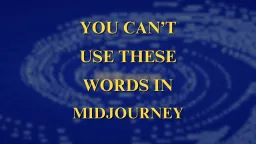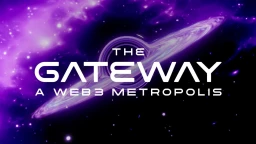Google's Gemini AI Demo: Fake or Real?
Google's highly publicized demonstration of its Gemini AI system, which aimed to showcase its advanced multimodal interaction capabilities, has come under scrutiny after revelations that the demo was not as real-time and interactive as it appeared.
So, What Happened?

Image Source: Youtube
In a video titled "Hands-on with Gemini: Interacting with multimodal AI," Google presented what seemed like a breakthrough in AI interaction, featuring voice and visual capabilities. However, it has since been disclosed that the video was carefully produced using still image frames and text prompts, raising questions about the actual real-time capabilities of Gemini.
Did Google Mislead the viewers?
While the video did show real outputs from Gemini, the manner in which these outputs were presented misled viewers. The interactions, including gesture recognition and response to visual stimuli, were not live but rather staged scenarios. This revelation has sparked a debate on the transparency and honesty of AI demonstrations, not just by Google but potentially across the AI industry.
Oriol Vinyals, Google DeepMind's executive, clarified that while the outputs in the video are real, they have been shortened for brevity, and the interactions were text-based rather than voiced, taking much longer than represented in the video. This confession has led to a flood of criticism on social media, with software developers and even Google's own employees questioning the company's representation of Gemini's capabilities.
The controversy surrounding Google's Gemini AI demo has broader implications for the AI industry. It highlights the need for greater transparency in showcasing AI technologies and the potential risks of overhyping capabilities. The incident also serves as a reminder of the current limitations of AI systems, despite their rapid advancement.
Also read: Comparing Midjourney and Adobe Firefly: Which one to choose?
Google's attempt to demonstrate the capabilities of its Gemini AI system has resulted in a mixed response. While the technology does show promise, the way it was presented has led to skepticism and a call for more realistic portrayals of AI capabilities. As AI continues to evolve, this incident underscores the importance of balancing innovation with responsible communication.









